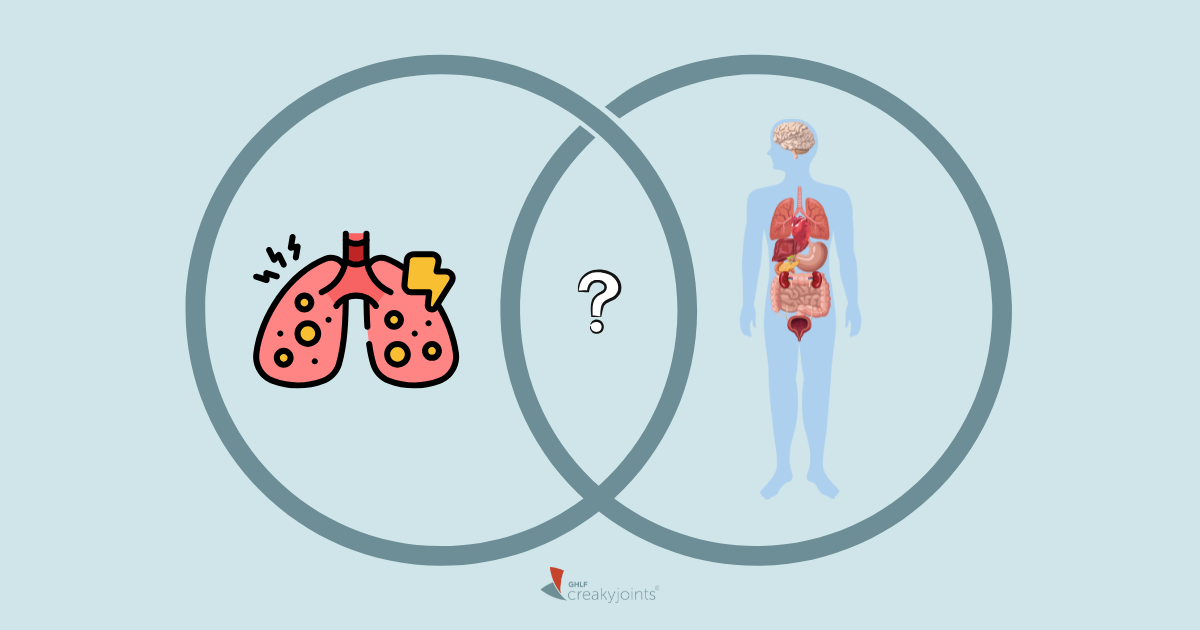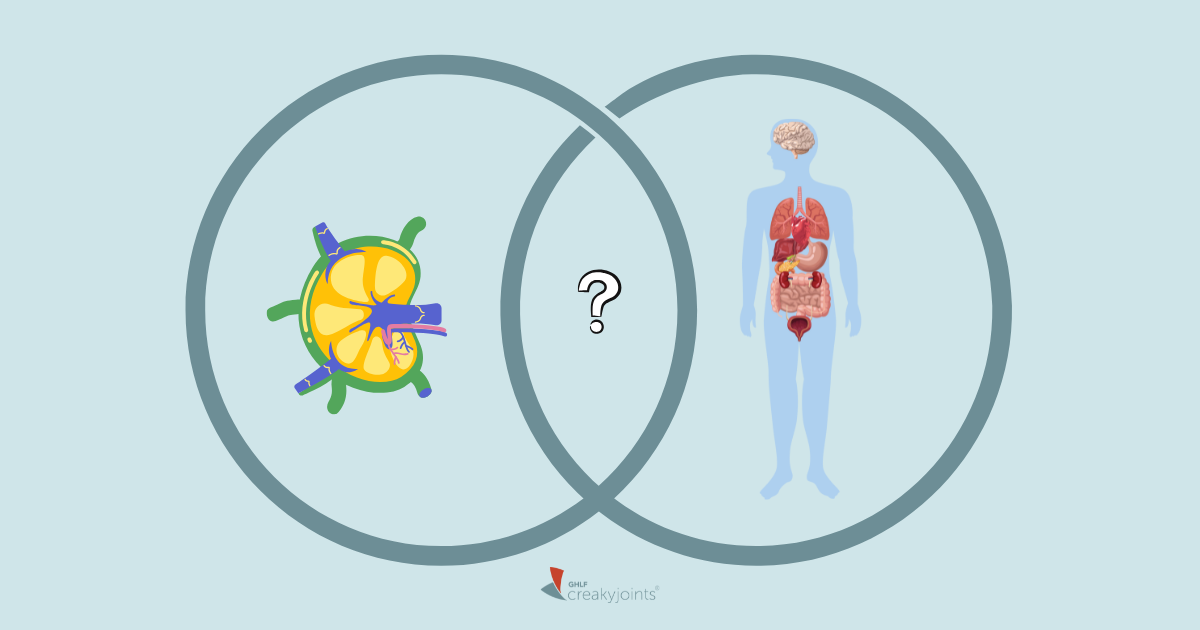Working in your garden can be a great way to stay active if you’re living with arthritis. You may also find it helps you connect with friends and neighbors who also have green thumbs.
“Gardening is not only enjoyable; it is also a good form of exercise that conditions your muscles and helps with arthritis,” says David Felson, MD, MPH, a professor of medicine at Boston University School of Medicine and a rheumatologist at Boston Medical Center. “You just need to be careful to do it in a way that doesn’t cause damage.”
In some cases, gardening can exacerbate arthritis pain, so take time to determine which gardening strategies work best for you.
When you’re gardening, remember to take regular breaks, even if it doesn’t feel like work to you. You may need to take more frequent or longer rest breaks when your arthritis is more active to avoid placing too much stress on your joints, according to UW Orthopaedics and Sports Medicine.
Pay close attention to any pain signals: If you have pain that increases during or after a gardening task, take it as a sign that you’ve done too much. In that case, try to shorten your bouts of gardening next time.
Everybody’s garden is unique based on where it’s located, which plants you’re growing, and your own abilities for tending to it, but there are five general ways you can make gardening easier and safer when you have arthritis.
1. Be mindful of carrying tools and soil
Whenever possible, avoid lifting heavy items. This might be a great opportunity to recruit your partner, kids, or a friend to help. Try to stock up on smaller bags of soil or compost, rather than one large bag that is difficult to lift.
If you do need to lift a heavy gardening item, keep it close to your body to reduce stress, per UW Orthopaedics and Sports Medicine. If you’re picking something off the ground, bend your knees and lift by straightening your legs, while trying to keep your back straight.
“When you get a bag of soil, put it right up against your stomach — don’t hold it out, don’t toss it over your shoulder, and don’t lean with it and try to drag it,” says Shawna Coronado, author of The Wellness Garden and a gardening expert with her own experience dealing with severe degenerative osteoarthritis and chronic pain.“When you’re ready to put it down, don’t bend over. Just let it drop to the ground, because anything else is forcing your back, arms, and hands to hold an uncomfortable position.”
When possible, use your body weight to push heavy items. For instance, pushing tools or bags of compost in a wheelbarrow may be easier than carrying them by hand, says Dr. Felson.
You can also rest items like a tray of seedlings on your forearms, keeping your elbows tucked near your waist to reduce the strain on your shoulders and elbows. This prevents stress on fragile finger joints, per Versus Arthritis, an arthritis charity in the United Kingdom.
2. Use elevated flower beds
Bending, stooping, and kneeling are likely to cause pain if you have arthritis. Bringing plants closer to you is one way to avoid this.
“Building elevated beds is one of the most significant things you can do,” says Coronado. “They should be about waist-high or higher, because even if your elevated bed is knee-height, you’ll still have to bend over.”
If you can’t build elevated flower beds, it can be helpful to use a stool to sit while you garden. Doing so lessens the load on your weight-bearing joints compared to standing or kneeling.
“With a stool, your knees don’t have to bend quite as much, which is good because that squatting position isn’t the healthiest thing for them,” says Dr. Felson.
Some gardening stools come with locking wheels. These rolling stools can be helpful because they prevent you from needing to sit and stand repeatedly, according to the University of Arkansas Cooperative Extension Service.
3. Choose tools that are gentle on your joints
Tools that have extendable handles can help you easily garden while you’re standing or using a stool. A rubber sleeve over the handles or wearing a pair of gardening gloves can reduce strain on your fingers by improving your grip.
“One of the short-handled tools I use is an ergonomic cultivator, which has a curved handle,” says Coronado. “It offers you a handshake grip instead of a twisted grip like most short-handled tools, so it’s a lot less strain on your joints.”
While you might typically find it easiest to work with lightweight tools (say, a lightweight rake), Coronado says she’s found certain tools like hoes actually do more of the gardening work for you if they’re sturdy.
“If you have a super lightweight hoe, you have to use your back, arms, and hands to really slam it into the ground and push or pull,” says Coronado. “But if you use a heavier hoe, it instantly drops into the ground and lightens the load on your joints because it’s doing the work for you.”
When you use a tool like a hoe, Coronado recommends pulling it from side to side like you’re sweeping a broom (rather than pulling front to back) to avoid unnecessary bending.
A few more gardening tools recommended for those with arthritis, per Versus Arthritis, include:
- A ratchet pruner: This makes it easier to cut through twigs by taking several smaller squeezes to make a cut rather than one big squeeze, which reduces knuckle strain.
- A two-handed lopper: Used for pruning trees and shrubs, you’ll get great leverage without much effort with a two-handed lopper, and you can hold it lightly in your palms to protect your fingers.
- English trimming shears: Best used for light trimming, these require very little finger movement to squeeze the blades together and can be operated with one hand.
It can also be helpful to gently stretch before you start gardening. This loosens joints and can help prevent injury. One simple stretch: Reach forward as far as possible with your arms straight in front of you, advises the West Virginia University Center for Excellence in Disabilities.
4. Prepare the soil
Digging can require quite a bit of force, depending on the soil you’re working with. One way to avoid digging is to focus on container gardening, in which you grow plants only in containers rather than directly in the ground.
“Container gardening is gentler on your joints and body than digging into the soil, because it offers you loose soil,” says Coronado. “It also allows you to change out your garden design annually so it’s attractive as well.”
If you do need to dig into the ground, look for digging tools with extra-long handles. Adding an extra handle part-way down the shaft of a spade or fork may keep you from bending too far, and helps keep your lower hand comfortable and untwisted, per Versus Arthritis.
If weeding tends to be a regularly high-maintenance task for you, consider covering the affected soil with a two-inch layer of shredded bark, which blocks light from the soil and makes it more difficult for weeds to grow. When you do need to weed, a push-pull hoe may be particularly effective at cutting weeds at ground level without much work.
You can also try to weed the garden after rain or irrigation, since it’s easier to pull weeds out of wet soil, says the University of Arkansas Cooperative Extension Service.
5. Create low-maintenance gardens
Choose plants that can thrive on their own, in case you experience an arthritis flare or simply don’t feel comfortable enough to garden for a while. The best way to do this is to select plants native to your region — but don’t worry, that doesn’t mean they need to look like weeds.
“Native plants can be quite beautiful, and in all regions of the United States we have native plants that grow flowers and are attractive,” says Coronado. “Native plants require no fertilization, and they don’t require as much water. You can get them started by watering the first couple of weeks, and after that, you often don’t have to touch them again.”
Find native plants for your region by visiting the National Wildlife Federation’s Native Plant Finder.
Not Sure What’s Causing Your Pain?
Check out PainSpot, our pain locator tool. Answer a few simple questions about what hurts and discover possible conditions that could be causing it. Start your PainSpot quiz.
Endless Gardening: Gardening with Arthritis. University of Arkansas Cooperative Extension Service. June 21, 2020. https://www.uaex.edu/life-skills-wellness/extension-homemakers/docs/Leadership_Training_Guides/gardening_arthritis.pdf.
Frequently Asked Questions about Living with Arthritis. UW Orthopaedics and Sports Medicine. June 21, 2020. https://orthop.washington.edu/patient-care/articles/arthritis/frequently-asked-questions-about-living-with-arthritis.html.
Gardening with Arthritis. West Virginia University Center for Excellence in Disabilities. June 21, 2020. http://greenthumbs.cedwvu.org/gardening-with-arthritis.
Interview with David Felson, MD, MPH, a professor of medicine at Boston University School of Medicine and a rheumatologist at Boston Medical Center
Interview with Shawna Coronado, author of The Wellness Garden and a gardening expert with her own experience dealing with severe degenerative osteoarthritis and chronic pain.
Native Plant Finder. National Wildlife Federation. June 20, 2020. https://www.nwf.org/nativePlantFinder/plants.
Protecting your joints when you’re gardening. Versus Arthritis. June 21, 2020. https://www.versusarthritis.org/about-arthritis/living-with-arthritis/gardening.






